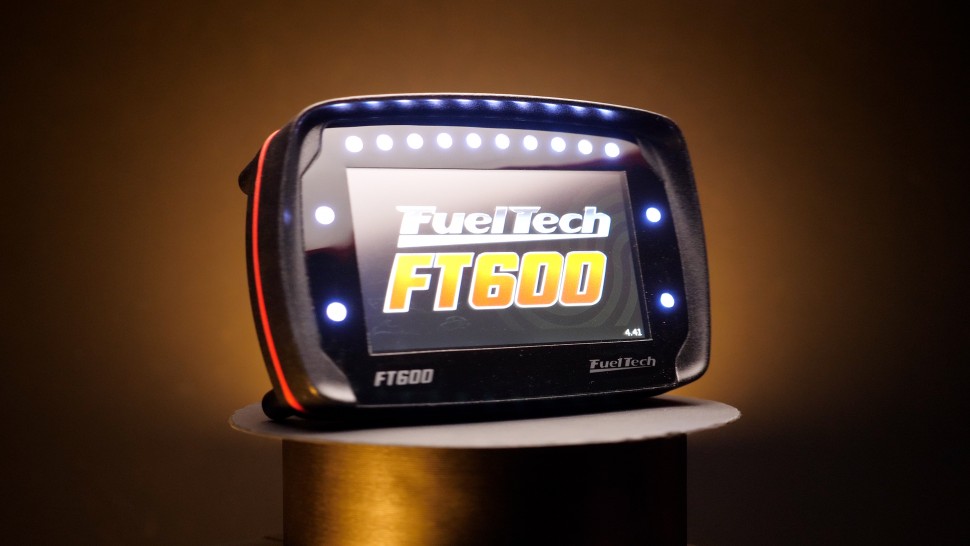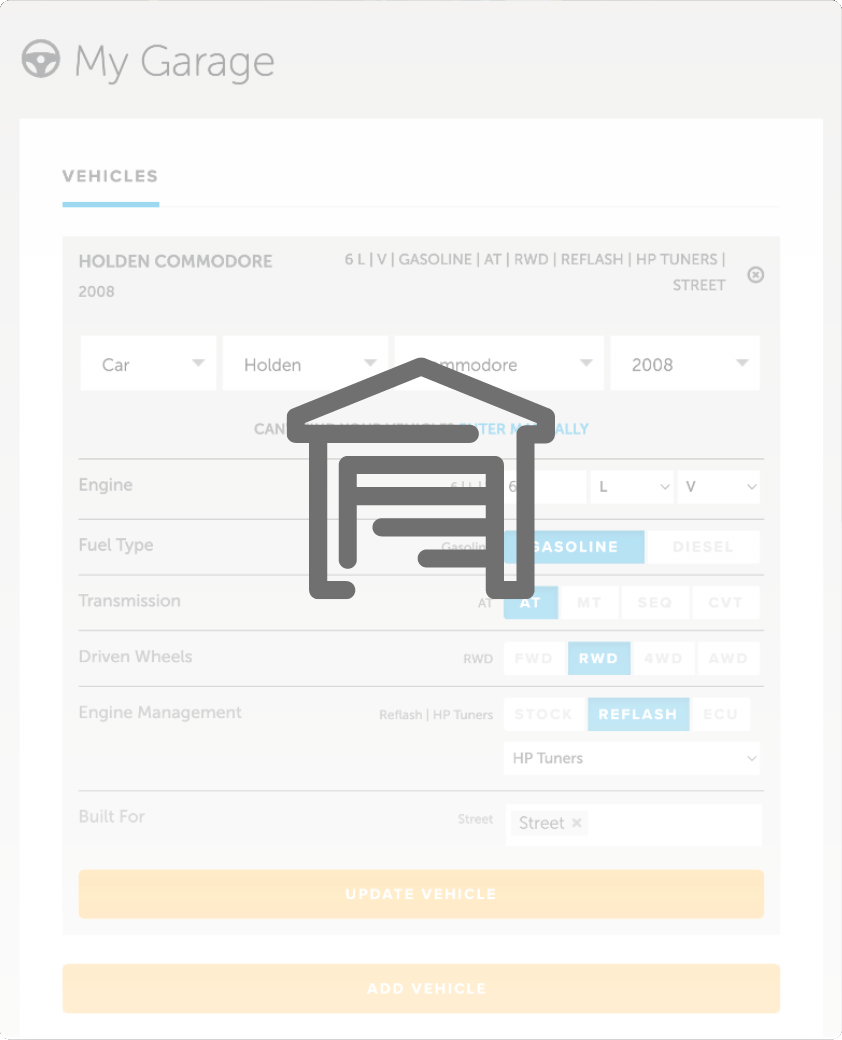Engine Building Fundamentals: Stretch Gauge
Stretch Gauge
01.38
| 00:00 | - While it's common practise to tighten fasteners in the engine using a torque wrench, as we've seen in the fasteners section of this course, remember, what we're really trying to do is stretch the fastener by a very specific amount. |
| 00:13 | If we can achieve the correct amount of stretch, this will result in the optimal amount of clamping force from the fastener. |
| 00:20 | Traditional techniques of using a torque setting or torque and angle are only effective to a point and the results can be influenced by the lubricant used as well as the condition of the threads. |
| 00:32 | A superior technique is to directly measure the amount of stretch in the fastener as it's tightened and to do this, we use a stretch gauge. |
| 00:41 | The stretch gauge uses a fixture that holds a dial gauge and the bolt is placed in the fixture before being installed and then the dial gauge is zeroed. |
| 00:51 | As the fastener is tightened, the stretch gauge is used to constantly check how much it is being stretched. |
| 00:57 | This allows for very specific and accurate amounts of clamping force to be achieved, while ensuring the fastener is not permanently deformed. |
| 01:06 | A stretch gauge can only be used where both sides of the fastener can be accessed and this limits where a stretch gauge is truly useful. |
| 01:15 | For example, it's impossible to use a stretch gauge where a bold is installed in a blind hole, where we can't access the back of the fastener. |
| 01:23 | The most common use of a stretch gauge is for measuring con rod bolts, as these are one of the most critical fasteners in the engine and access to both ends of the bolt is usually relatively easy. |





